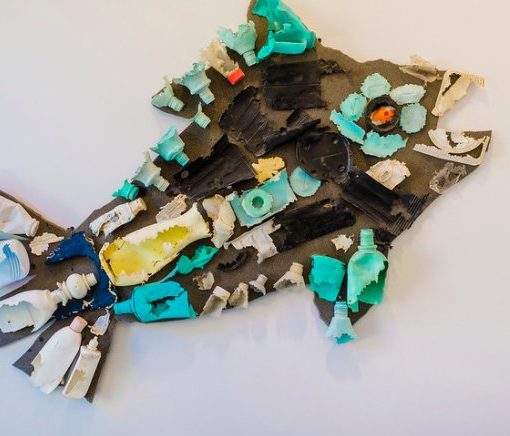The below text is licensed to Covestor Ltd. (“Covestor”), by Dan Plettner. Such text may be disseminated only by Covestor. Dan Plettner invests and receives income for securities research, including “buy-side” research. Dan licenses his own real time trading data to Covestor Ltd. (“Covestor”). Covestor is a Registered Investment Advisor that uses Dan Plettner’s data to create the Core, Long Short Opportunistic, Tax Advantaged Income, and Taxable Income models for its clients. Dan’s words should not be misconstrued as investment advice.
September 7, 2010: I continue to believe the market for Closed-End Municipal Income Funds is extremely inefficient. I’m certainly happy with what I observe in the daily fluctuations, income, prospects for monthly dividend hikes, and attractive valuations in the funds I hold.
In August, according to Covestor’s risk report, the Beta was 0.14. According to Covestor’s performance report, my portfolio return was 5.28%. The two bottom performers were the small cash allocation and Closed-End Fund TS&W Claymore Tax Advantaged Balanced Fund (TYW). TYW has been the subject of a recent Activism Campaign. TYW’s annual shareholder meeting results were announced August 13th.
Inefficiencies may be common within Closed-End Funds because the average shareholders may not fully be aware of the relevance of every fact contained in press releases or other publicly available information. Although Incumbent Trustees will continue to serve at TYW, they were not re-elected. Further, a shareholder approval to declassify the Board was approved. I believe the Activist will be successful in unlocking shareholder value in TYW and I anticipate holding shares to conclusion of my activism thesis. I think it likely that the discount will generally persist; unless and until the marketplace recognizes with clarity that shareholder value will be unlocked. Based on my experience, returns on activism theses (if proven correct) are often lumpy rather than gradual.
TYW is not a pure play in Municipal Bonds. I own it because of special circumstances. I also have a cash position which I am considering to devote to a special situation where a heavily discounted Closed-End Fund is making significant tax advantaged distributions. In contrast to TYW, my rationale is quite alternate to an Activism thesis. Rather, it is a fund priced where the yield is attractive even ignoring the tax-advantaged classification of distributions. The target of my Closed-End Fund intrigue is ING Industrials, Infrastructure, and Materials Fund (IDE). It may justify my choice to embrace a modest incremental exposure to underlying equities in addition to the municipal bond asset class.
I did not anticipate near term turnover in my holdings, but did sell one position, DTF Tax Free Income Inc (DTF) upon learning of a Covestor constraint.
With all other things being equal, I feel most content in decisions that mitigate rather than increase Performance Drift. I am focused on the long term. However, I’m not in that camp who claims the short term to be irrelevant. In my eyes, the long term is the aggregate of all short terms.
Federal Tax Advantages are important in my view, and could grow increasingly important if and when Bush’s Tax Cuts expire. I am much less concerned with adding state tax advantages on top of Federal Tax advantages than I am with seeing the big picture. I don’t think a state tax advantage affecting merely the yield means nearly as much as risk-adjusted total return. I want to buy well. Also, in today’s environment I desire geographic diversification when using Closed-End Municipal Bond Funds to build a Tax Advantaged Income Portfolio.
I believe Closed-End Municipal Income Fund Market Inefficiencies arise out of any number of reasons. Likewise, they can “correct” for any number of reasons including distribution changes, rights offerings, tender offers, and activism. I obviously want to be on the advantaged side of inefficiencies, to the extent my research allows.
I look to buy low, but price is not the only factor. I care about the prospects for improved value and thus consider factors including Undistributed Net Investment Income, Expenses, Cost of Capital advantages, and a shareholder base I believe likely to unlock value should inefficiencies persist.


